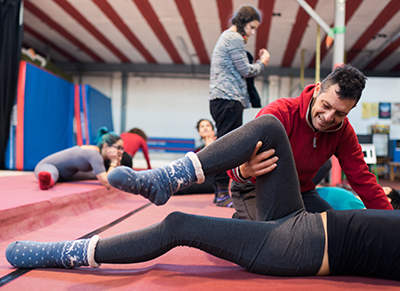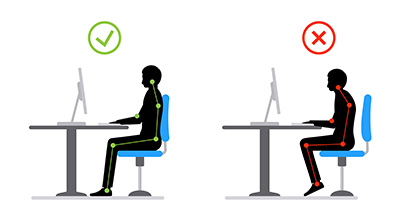Undergoing surgery, whether for joint replacements, spinal issues, or other medical conditions, is a significant event that can impact your life in many ways. Recovery can be a challenging journey, but physical therapy plays a crucial role in ensuring a successful and speedy return to daily activities. In this blog post, we’ll delve into how physical therapy accelerates recovery and improves outcomes after surgeries like joint replacements and spinal surgeries.

1. Accelerates Healing and Reduces Pain
One of the primary benefits of physical therapy post-surgery is the acceleration of the healing process. Physical therapists use a variety of techniques to enhance blood circulation to the injured area, promoting quicker tissue repair. These techniques include:
- Manual therapy: Hands-on techniques to mobilize tissues and joints.
- Therapeutic exercises: Tailored movements to restore function and strength.
Additionally, physical therapy can significantly reduce post-operative pain. Therapists use modalities such as ice, heat, ultrasound, and electrical stimulation to manage pain and inflammation, providing much-needed relief and comfort.
2. Improves Mobility and Function
Post-surgery, patients often experience stiffness and limited range of motion. Physical therapy focuses on restoring mobility through:
- Stretching exercises: To lengthen tight muscles and improve flexibility.
- Strengthening exercises: To rebuild muscle strength around the surgical area, providing better support and stability.
For example, after a knee replacement, targeted exercises help regain the knee’s full range of motion, enabling patients to walk, bend, and climb stairs more effectively.
3. Prevents Complications
Physical therapy is essential in preventing common post-surgical complications, such as blood clots, infections, and muscle atrophy. Early mobilization is key, and physical therapists design programs that encourage safe, gradual movement soon after surgery. This not only boosts circulation but also prevents the formation of blood clots and reduces the risk of pneumonia by encouraging deeper breathing.
4. Enhances Balance and Coordination
Surgeries, especially those involving the spine or lower extremities, can impact your balance and coordination. Physical therapists work on improving these aspects through:
- Balance training: Exercises that enhance stability and prevent falls.
- Proprioception exercises: Activities that improve the body’s ability to sense its position in space.
By focusing on these areas, physical therapy helps patients regain confidence in their movements, reducing the fear of falling and promoting independence.
5. Customized Recovery Plans
Every surgery and every patient is unique, which is why physical therapy offers customized recovery plans tailored to individual needs and goals. Physical therapists assess each patient’s condition, taking into account their surgical procedure, overall health, and personal recovery objectives. This personalized approach ensures that patients receive the most effective and appropriate interventions, leading to better outcomes.
6. Educates and Empowers Patients
Physical therapists do more than just guide patients through exercises. They also educate and empower them with knowledge about their condition and recovery process. Patients learn about:
- Proper body mechanics: To avoid re-injury and protect the surgical site.
- Home exercise programs: To continue progress outside the clinic.
- Pain management techniques: To control discomfort without over-reliance on medications.
This education fosters a proactive approach to recovery, encouraging patients to take an active role in their healing journey.
7. Supports Long-Term Health and Well-being
The benefits of physical therapy extend beyond immediate post-surgical recovery. By building strength, improving flexibility, and enhancing overall physical fitness, physical therapy helps patients maintain their health and well-being long after they’ve healed from surgery. This long-term support is crucial in preventing future injuries and maintaining an active, healthy lifestyle.
Conclusion
Physical therapy is an indispensable component of post-surgery recovery, offering numerous benefits that accelerate healing, enhance function, and improve overall outcomes. Whether you’ve undergone a joint replacement, spinal surgery, or any other procedure, working with a skilled physical therapist can make a significant difference in your recovery journey. By committing to your physical therapy program, you’re investing in a faster, safer, and more successful return to your daily activities and a better quality of life.
If you or a loved one are preparing for surgery, consider consulting with a physical therapist to discuss a tailored post-operative recovery plan. Your road to recovery starts with the right support, and physical therapy is here to guide you every step of the way.
Advanced Medical of Florida provides you with the medical care you need. For more information, go to our web site http://www.amfhealthcare.com or call (727) 408-5222.






